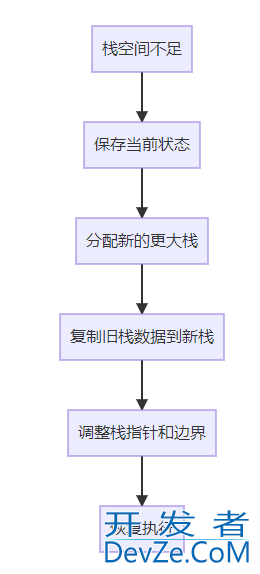C#中多线程更新UI控件的常用方案
目录
- 引言
- 1. 使用Control.Invoke(WinForms)
- 2. 使用Dispatcher.Invoke(wpF)
- 3. 使用async和await结合Task.Run
- 4. 使用Backgroundworker(WinForms)
- 结论
引言
在C#中,特别是在使用Windows窗体(WinForms)或WPF(Windows Presentation Foundation)进行UI开发时,处理多线程与UI控件的交互需要特别小心。由于UI控件不是线程安全的,直接从非UI线程(例如后台工作线程)更新UI控件可能会导致程序崩溃或未定义行为。以下是几种在C#中安全地从多线程更新UI控件的常用方案:
1. 使用Control.Invoke(WinForms)
在WinForms中,可以使用Control类的Invoke或BeginInvoke方法来在UI线程上执行代码。Invoke是同步的,而BeginInvoke是异步的。
// 假设你有一个Button控件叫myButton
//www.devze.com 从非UI线程更新UI
this.myButton.Invoke((MethodInvoker)delegate
{
myButton.Text = "Updated Text";
});
// 或者使用BeginInvoke
this.myButton.BeginInvoke((MethodInvoker)delegate
{
myButton.Text = "Updated Text";
});
2. 使用Dispatcher.Invoke(WPF)
在WPF中,UI线程通常被称为Dispatcherjavascript线程。你可以使用Dispatcher的Invoke或BeginInvoke方法来在UI线程上执行代码。
// 假设你有一个Textblock控件叫myTextBlock
// 从非UI线程更新UI
Application.Current.Dispatcher.Invoke(() =>
{
myTextBlock.Text = "Updated Text";
});
// 或者使用BeginInvoke
Application.Current.Dispatcher.BeginInvoke(new Action(() =>
{
myTextBlock.Text = "Updated Text";
}));
3. 使用async和await结合Task.Run
虽然androidasync和await本身不直接解决跨线程UI更新问题,但它们可以与Invoke或Dispatcher.Invoke结合使用,使代码更加简洁和易于维护。
// WinForms示例
private async void SomeMethod()
{
// 执行长时间运行的任务
string result = await Task.Run(() =>
{
// 模拟长时间运行的任务
Thread.Sleep(1000);
return "Processed Result";
});
// 回到UI线程更新UI
this.myButton.Invoke((MethodInvoker)delegate
{
myButton.Text = result;
});
}
// WPF示例
private async void SomeMethod()
{
// 执行长时间运行的任务
string result = await Task.Run(() =>
{
// 模拟长时间运行的任务
Thread.Sleep(1000);
return "Processed androidResult";
});
// 回到UI线程更新UI
Application.Current.Dispatcher.Invoke(() =>
{
myTextBlock.Text = result;
});
}
4. 使用BackgroundWorker(WinForms)
BackgroundWorker是WinForms中用于执行长时间运行的操作的组件,它提供了DoWork事件(在后台线程上执行)和RunWorkerCompleted事件(在UI线程上执行,用于更新UI)。
BackgroundWorker worker = new BackgroundWorker();
worker.DoWork += (sender, e) =>
{
// 执行后台任务
};
worker.RunWorkerCompleted += (sender, e) =>
{
// 更新UI
myButton.Text = "Task Completed";
};
worker.RunWorkerAsync();
结论
在C#中,特别是在使用WinFormspython或WPF时,处理多线程与UI控件的交互需要特别小心。使用上述方法中的一种或多种可以确保你的应用程序在多线程环境下稳定运行,同时保持UI的响应性和正确性。
到此这篇关于C#中多线程更新UI控件的常用方案的文章就介绍到这了,更多相关C#多线程更新UI控件内容请搜索编程客栈(www.devze.com)以前的文章或继续浏览下面的相关文章希望大家以后多多支持编程客栈(www.devze.com)!






 加载中,请稍侯......
加载中,请稍侯......
精彩评论